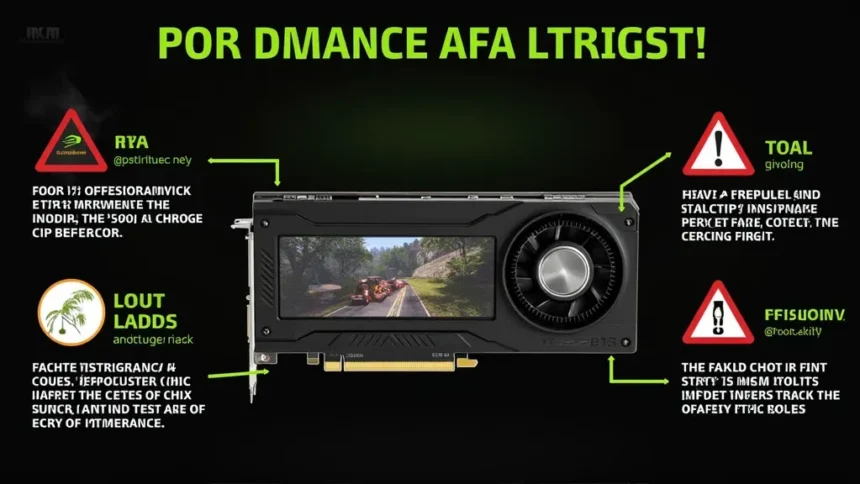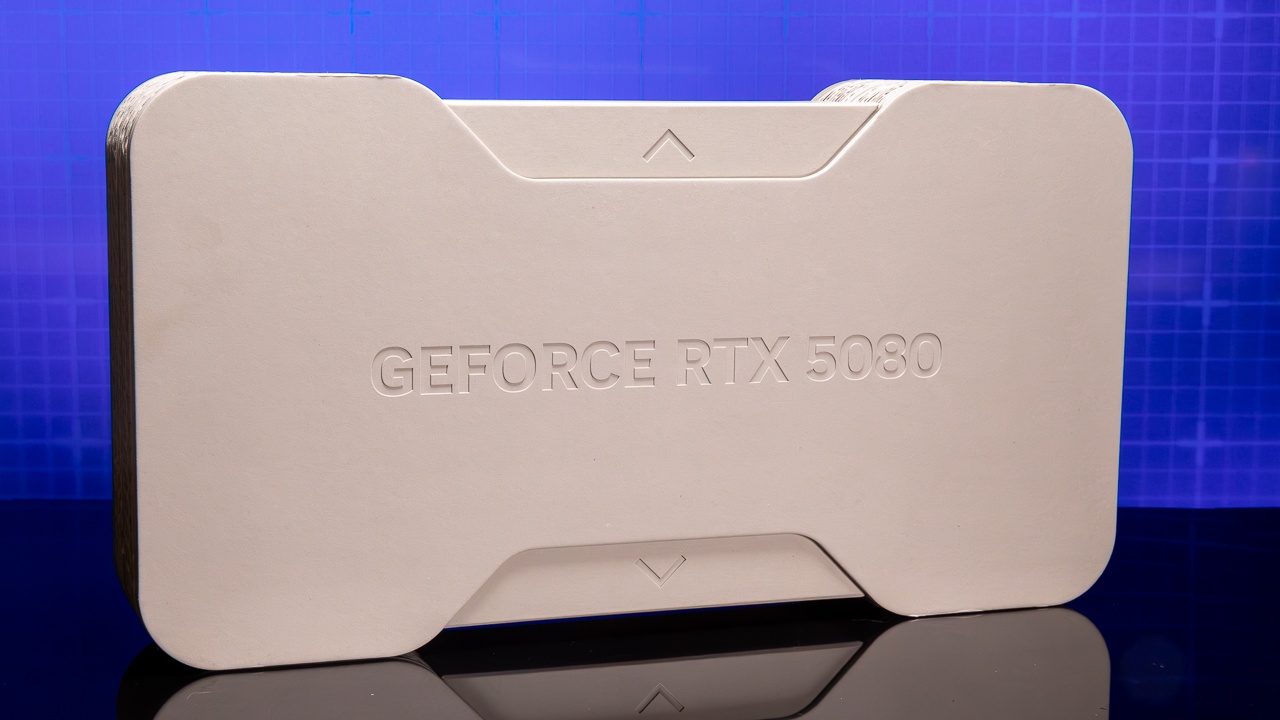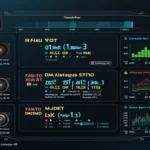The recent discovery of an RTX 5080 chip fault has caused widespread concern among Nvidia users, particularly those who invested in the latest RTX 5000 series. Reports suggest that this issue affects not only the RTX 5080 but also the RTX 5090 and RTX 5070 Ti, raising questions about the reliability of the Blackwell architecture. But what does this mean for gamers and professionals relying on these GPUs? Should users be worried about long-term performance? Let’s dive deep into this issue and explore its impact.
Understanding the RTX 5080 Chip Fault
The RTX 5080 chip fault is a hardware-level defect that leads to performance inconsistencies. Users have reported that some RTX 5080 models are missing up to 8 Raster Operations Pipelines (ROPs), which directly affects rendering speed and gaming performance. Nvidia has acknowledged the issue and advised affected users to contact their board manufacturers for potential replacements.
How Common is This Issue?
Nvidia has stated that only 0.5% of Blackwell chips are affected, but even this small percentage translates into thousands of units, making it a significant problem. A performance dip of even 4% can make a big difference in competitive gaming or high-end creative applications.
Impact of ROP Count on Graphics Performance
 What Are Raster Operations Pipelines (ROPs)?
What Are Raster Operations Pipelines (ROPs)?
ROPs are crucial in handling pixel data, ensuring smooth rendering, and finalizing frames before they are displayed. If a GPU has fewer ROPs than expected, users may experience lower frame rates, increased latency, and reduced image quality.
How Does the RTX 5080 Chip Fault Affect Performance?
- Gaming: Lower frame rates in graphics-intensive titles.
- Creative Workflows: Slower rendering speeds in applications like Blender and Adobe Premiere.
- VR Performance: Increased motion blur and reduced fluidity.
RTX 5080 vs RTX 5090: How Do They Compare?
While the RTX 5090 is the flagship model, the RTX 5080 was expected to offer a balance between price and performance. However, the chip fault issue has tarnished its reputation, making users question whether they should opt for the RTX 5090 instead.
Key Differences
| Feature | RTX 5080 | RTX 5090 |
|---|---|---|
| ROPs Expected | 112 | 128 |
| ROPs Found (Faulty Units) | 104 | 128 |
| Performance Drop | ~4% | None |
| Affected by Chip Fault | Yes | Yes (But Less Common) |
The RTX 5090 remains a safe bet for those who want maximum performance, but it comes at a premium price.
Nvidia’s Response to the RTX 5080 Issue
Nvidia has instructed users to contact board manufacturers for replacements. However, this process has been met with frustration, as replacement stock is limited due to supply chain constraints.
Is Nvidia Doing Enough?
While Nvidia’s acknowledgment is a step in the right direction, the lack of immediate solutions and limited stock availability make it a frustrating experience for affected users. Many are demanding a more transparent replacement policy.
What to Expect from the Upcoming RTX 5070?
Given the RTX 5080’s reliability concerns, many are looking forward to the RTX 5070. Nvidia has confirmed that this model will not carry the same chip fault issues, making it a potentially better investment for those who want a stable, high-performance GPU without the RTX 5080’s risks.
Should You Buy the RTX 5080?
Pros
✅ High performance when functioning correctly
✅ More affordable than the RTX 5090
✅ Future-proofed with advanced features
Cons
❌ Potential chip defects
❌ ROP count discrepancies
❌ Uncertain customer support for replacements
If you’re buying a new GPU, it may be safer to wait for Nvidia to resolve the issue or consider an alternative model like the RTX 5070 or AMD’s latest offerings.
Consumer Reactions and Community Sentiment
The gaming and tech community has reacted strongly to the RTX 5080 chip fault. Many users feel that Nvidia should offer direct replacements rather than redirecting customers to board manufacturers. Discussions on Reddit and forums show a mix of frustration, disappointment, and skepticism.
The RTX 5080 chip fault is a serious concern for gamers and professionals relying on Nvidia’s Blackwell series. While only a small percentage of units are affected, the implications are significant. If you own an RTX 5080, check your ROP count and contact your manufacturer for a replacement if necessary. For those looking to purchase a new GPU, it might be wise to wait for Nvidia to address these issues before making a decision.
FAQs
What is the RTX 5080 chip fault and how does it affect performance?
The RTX 5080 chip fault refers to a rare defect that affects the GPU’s performance, specifically its Raster Operations Pipelines (ROPs). Nvidia has confirmed that some RTX 5080 models may have up to 8 ROPs missing, resulting in an average performance slowdown of around 4% in games. This issue is part of a broader problem affecting several RTX 5000 series graphics cards, including the RTX 5090 and 5070 Ti.
How can I find out if my Nvidia RTX 5080 has the chip fault?
To determine if your Nvidia RTX 5080 has the chip fault, check the ROP count of your graphics card. The expected count is 112; if you find that your model has fewer than that, it may be affected. Users have reported discrepancies on forums like Reddit, which can also be a helpful resource for shared experiences.
What should I do if my RTX 5080 is affected by the chip fault?
If your RTX 5080 is affected by the chip fault, you should contact your graphics card’s manufacturer for a replacement. Nvidia has advised customers with defective GPUs to reach out to their board manufacturers, although the replacement process may be lengthy due to stock shortages of Blackwell graphics cards.
Are all RTX 5000 series graphics cards affected by the Nvidia chip fault?
While Nvidia has indicated that only about 0.5% of Blackwell chips are affected, the RTX 5080, RTX 5090, and RTX 5070 Ti are all under scrutiny for potential chip faults. This means that while not all units are faulty, there is a risk that many models may experience similar issues.
What impact does the RTX 5080 chip fault have on gaming performance?
The RTX 5080 chip fault can lead to an average performance decrease of approximately 4% in games. However, the extent of this impact can vary significantly from one game to another, with some titles experiencing more severe performance issues due to the missing ROPs.
Is the RTX 5070 confirmed to have the same issues as the RTX 5080?
No, the upcoming RTX 5070 has been confirmed by Nvidia to not carry the same chip fault affecting the RTX 5080, 5090, and 5070 Ti. This makes the RTX 5070 a potentially safer choice for consumers concerned about the chip fault issues.
What are the common complaints regarding Nvidia RTX 5080 issues?
Common complaints regarding Nvidia RTX 5080 issues revolve around performance drops due to the chip fault, specifically the missing ROPs. Users have reported that their graphics cards do not meet the expected specifications, leading to dissatisfaction with gaming performance.
How many ROPs should the RTX 5080 have, and what does the fault affect?
The RTX 5080 should have 112 Raster Operations Pipelines (ROPs). The chip fault affects the performance of the GPU by potentially resulting in a lower ROP count, which can degrade overall gaming experience and graphical output.
What do you think about Nvidia’s chip troubles? 🤔 Share your thoughts or check out more juicy GPU news right here! 🚀🔥😃


 What Are Raster Operations Pipelines (ROPs)?
What Are Raster Operations Pipelines (ROPs)?







